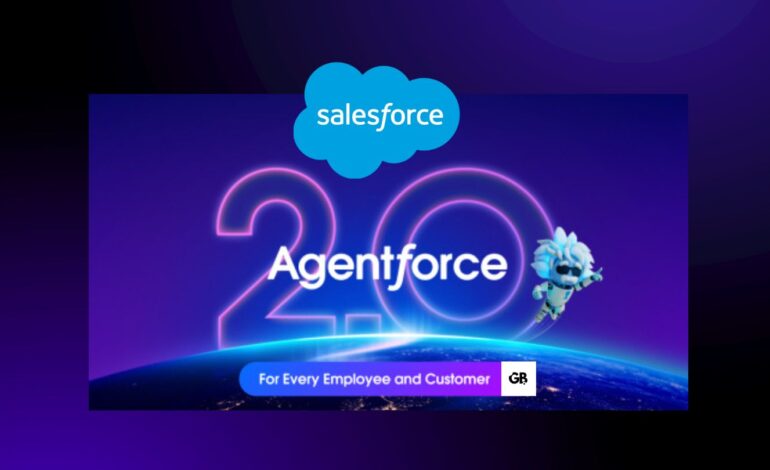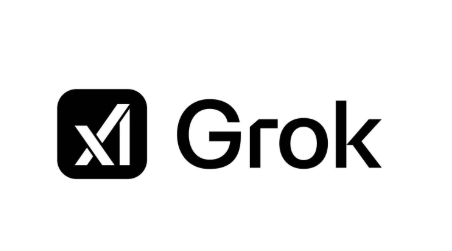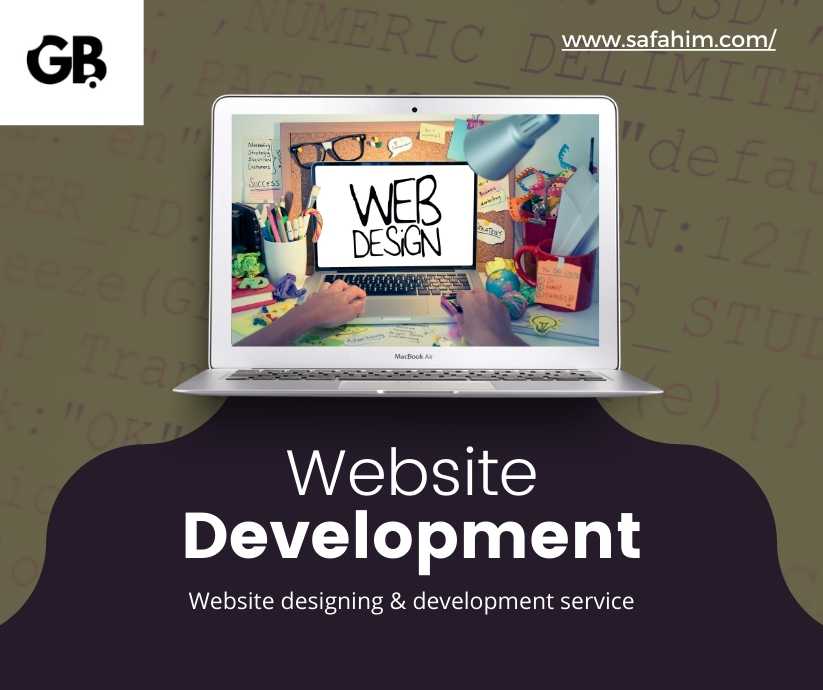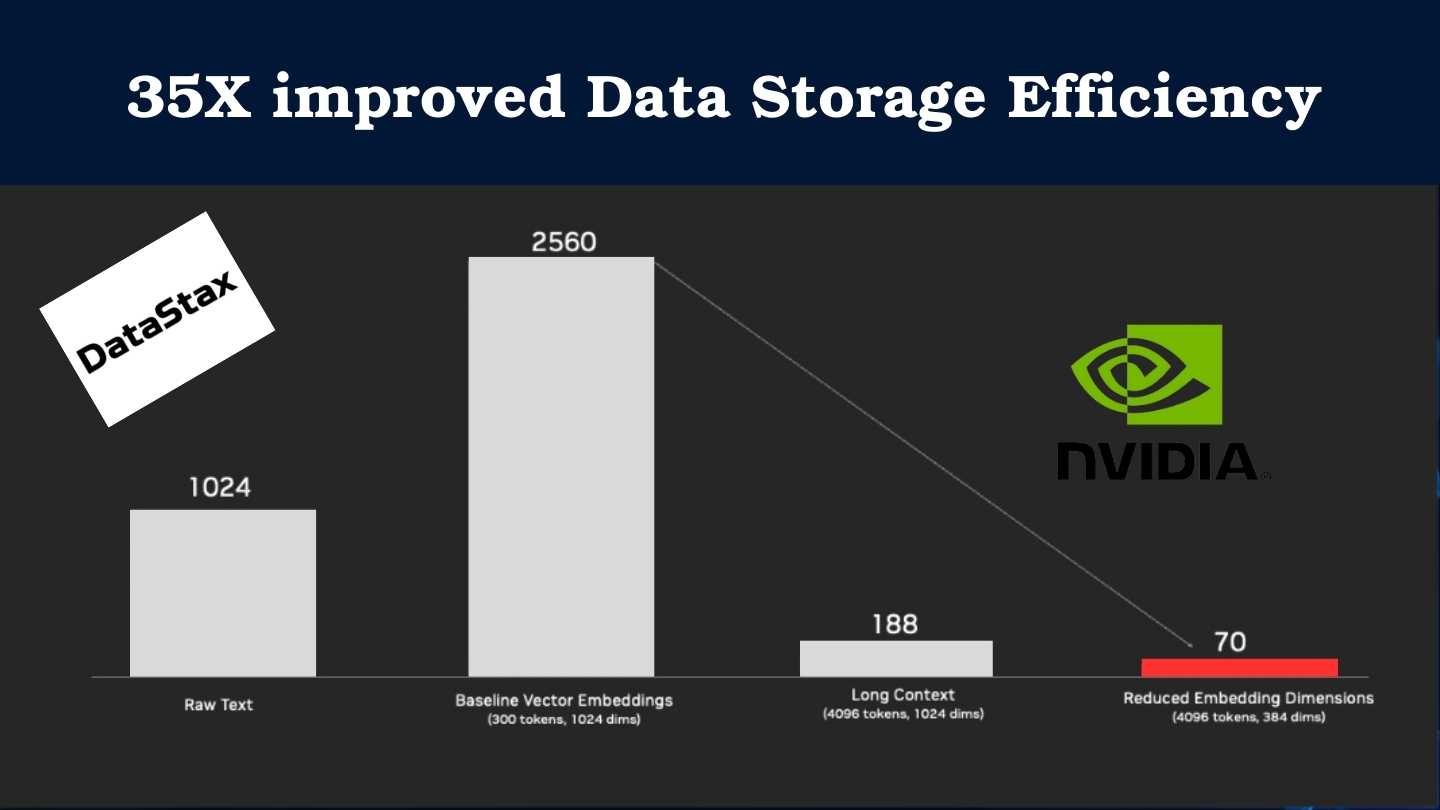
Salesforce Just Dropped Agentforce 2.0—Will AI Replace Your Job?
Salesforce recently released Agentforce 2.0, a major update to its AI platform. Using this new technology, AI agents not only respond to simple questions—now, they can understand complex requests, retrieve company data, and even perform multi-step tasks on their own. Think of it as a smart, autonomous assistant for businesses.
How Does the Atlas Reasoning Engine Work?
Central to Agentforce 2.0 is something called the Atlas Reasoning Engine. The engine allows AI agents to think more intelligently and make improved decisions. In contrast with the fast, pattern-based response of traditional AI systems, Atlas employs a more reflective style mimicking the way humans address problems.
For example, if you use a multi-step question to query a classical AI assistant, it will respond in no time but perhaps inaccurately. However, with Atlas, the AI takes an extra second to process the question, understand its context, and provide a more contextual and accurate response. Agentforce 2.0 was 33% more precise in its answers compared to other AI products during testing.
What Are the Key Features of Agentforce 2.0?
Agentforce 2.0 is full of features to increase the productivity and utility of AI agents. Some of the major points are as follows:
- Expanded Reasoning: AI agents can now accomplish complex tasks and decision-making through intricate analysis.
- Independent Action: They can execute multi-step processes on their own, like resume processing or customer service requests.
- Increased Precision: The AI provides more accurate and relevant answers using the Atlas Reasoning Engine.
- Integration with Slack: The AI agents are native to execute on Slack, permitting workers to interface with them even more comfortably.
How Does Agentforce 2.0 Differ from Its Predecessor?
The first version of Agentforce was a bit more of a chatbot—it could respond to questions but wasn’t great at more complex things. Agentforce 2.0 is improved in that:
- It uses the Atlas Reasoning Engine to think more deeply.
- It can take independent actions, such as completing tasks or resolving problems.
- It handles applications like Slack better, so it is easier to use.
Agentforce 2.0 is presently applied in everyday situations.
A few of them are:
- Customer Service: In Salesforce, AI agents now handle 83% of customer queries autonomously, reducing human interaction by 50%.
- Recruitment: HR firm Adecco Group uses Agentforce to filter millions of resumes and match applicants to vacant positions.
- Accounting: 1-800 Accountants will respond to 65% of service requests using AI agents, freeing up human labor for complex problems.
How Does Agentforce 2.0 Approach Data Privacy and Security?
Security and data privacy are significant issues with AI. Salesforce has incorporated a “trust layer” in Agentforce 2.0 to deal with those issues. The layer enables AI agents to view only what they can view and not transmit sensitive information. As Rob Seaman, Slack integration lead, puts it: “These agents don’t have God permissions—they only see what they’re supposed to.”.
Which Industries Gain the Most from Agentforce 2.0?
Almost all industries could gain from Agentforce 2.0, but the following are some of the most significant ones:
- Customer Service: AI agents can respond to routine questions so that human agents can handle more complex issues.
- Recruitment: Recruitment companies can utilize AI to filter through CVs and match candidates faster.
- Accounting: Finance businesses can have processes like invoicing or dealing with client requests pushed by AI.
- Health: Healthcare firms can be assisted by AI agents in maintaining patient records or setting appointments.
How Does Agentforce 2.0 Integrate with Existing Enterprise Systems?
The other wonderful thing with Agentforce 2.0 is how effectively it fits in with existing workflow. For example, it cooperates nicely with Slack, and employees can coordinate with AI agents without leaving the platform of choice. This eases how a team can get the software up and running the moment they turn it on.
What are the potential Implementation Challenges for Agentforce 2.0?
As great as Agentforce 2.0 is, some of the problems that businesses might encounter are:
- Trust Problems: Workers might not be ready to trust AI with important tasks.
- Training: Workers will need training on the new system and how to use it best.
- Expense: Installation of advanced AI tools can be expensive, especially for small businesses.
What Is the Future Outlook for AI Agents in the Enterprise?
Salesforce sees AI agents as the labor of the future. CEO Marc Benioff foresees that “digital labor” will be the solution for companies to grow, especially as labor shortages continue. In the future, we might even witness AI agents working together with physical robots, a completely automated workforce.
As Benioff states, “This is the beginning of the beginning. We’re at an incredible moment where AI is changing how businesses operate.”
Final Thoughts
Agentforce 2.0 is a game-changer for businesses. With its powerful task-handling functionality, greater accuracy, and integration with tools like Slack, it is on the verge of changing the business landscape. Like any new technology, though, companies will need to overcome trust issues and training challenges to utilize its complete potential.
What is your opinion? Would your organization benefit from AI agents like Agentforce 2.0? Let me know your opinions!
Disclaimer: This article is for informational purposes only and does not endorse or promote any technology. Always evaluate tools according to your organization’s needs.






